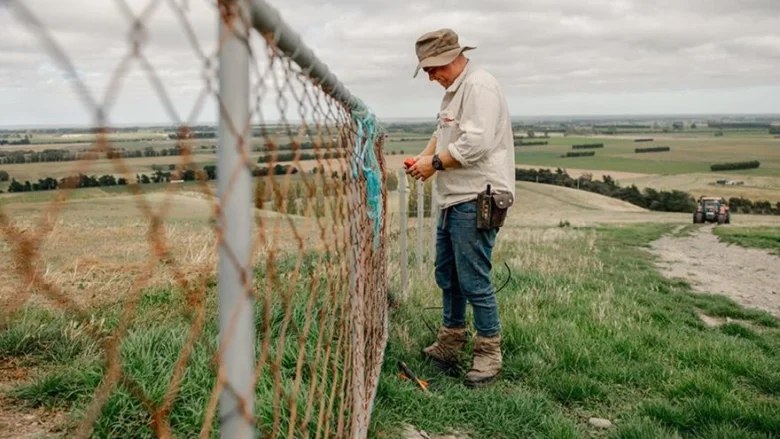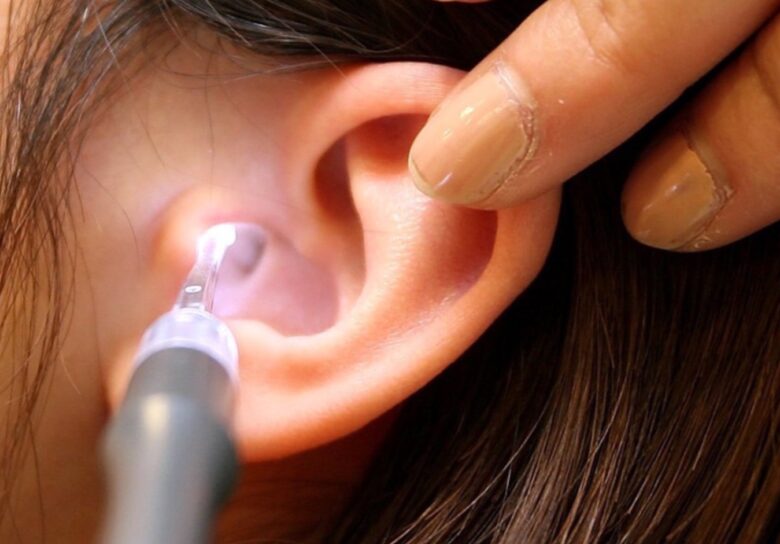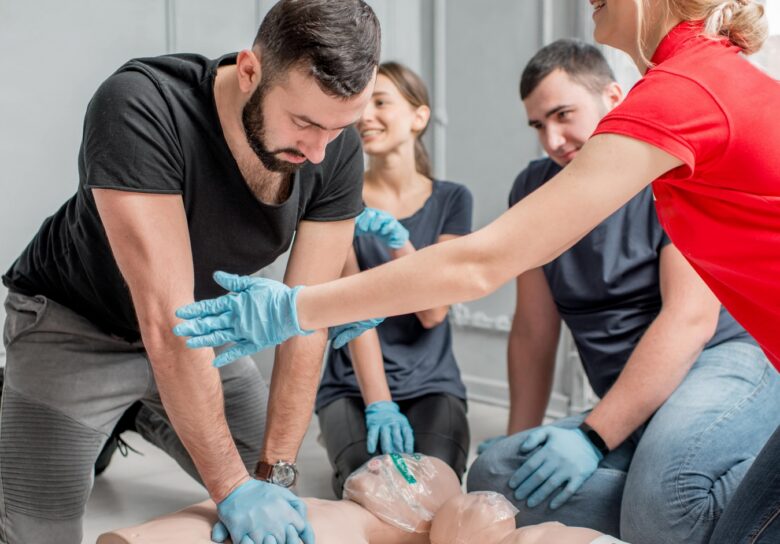Today we explore the realm of first aid beyond the ordinary. While we are familiar with the basics of first aid, there are some situations that occur less frequently, yet still require our attention and quick thinking. In this article, we delve into six uncommon first aid situations that you may encounter at some point.
From electric shock incidents to venomous bites, foreign objects lodged in the body, and even chemical burns, we will provide insights and guidance on how to handle these unique scenarios with confidence and competence. So, let’s broaden our first aid knowledge and prepare ourselves to respond effectively in these less-common, but equally important, situations.
Contents
1. Electric Shock From An Electric Fence

Source: store.pggwrightson.co.nz
An electric shock from an electric fence can be a startling experience. The sudden surge of electrical current running through one’s body can cause a range of sensations, from a tingling jolt to a more intense and painful shock.
The impact and duration of the shock can vary depending on factors such as the strength of the electric fence, the conductivity of the surroundings, and the individual’s proximity to the fence.
While the shock may be momentarily discomforting, it is important to note that electric fences are designed to deliver a safe but aversive stimulus, primarily for containing animals or securing perimeters.
It serves as a reminder to respect the boundaries and potential hazards associated with electrical systems. However, in more serious cases CPR may be required.
2. Venomous Snake Or Spider Bite
Venomous snake or spider bites can be a rare but potentially dangerous occurrence, particularly in regions where these creatures are prevalent. In the event of a bite, it is crucial to act swiftly and take appropriate measures.
The first step is to keep the affected area as still as possible and position it below heart level, if feasible. This helps to slow down the spread of venom throughout the body.
It is imperative to seek immediate medical attention to receive proper treatment, as venomous bites can have varying degrees of severity and require specific antivenom or medical interventions.
If possible, provide healthcare professionals with any information about the snake or spider that bit you, as it can assist them in determining the appropriate course of action. It is always advisable to get acquainted with our first aid course in Canberra, to help you overcome situations like these effortlessly.
Remember, it is essential to exercise caution and awareness when encountering venomous creatures and to take necessary precautions to prevent such bites.
3. Hypothermia Or Heat Stroke

Source: revyuh.com
Extreme temperature conditions can pose significant risks, with hypothermia and heat stroke being potentially life-threatening conditions.
In the case of hypothermia, where the body’s core temperature drops dangerously low, it is crucial to move the person to a safe and warm environment.
Remove any wet clothing and provide them with dry, warm garments or blankets. Gradually raise their body temperature by offering warm fluids and utilising external heat sources such as heating pads or warm compresses. However, it is essential to seek immediate medical help for proper evaluation and treatment.
Conversely, in the case of heat stroke, where the body’s core temperature rises to a dangerous level, swift action is necessary. Immediately move the person to a cool and shaded area.
Remove any excess clothing and apply cool water or ice packs to their body to lower their temperature. Encourage them to drink cool fluids if they are conscious and able to swallow. Heat stroke is a medical emergency, and it is imperative to seek medical assistance without delay.
Whether dealing with hypothermia or heat stroke, it is crucial to prioritise the individual’s safety and well-being. Promptly contact medical professionals for proper evaluation, guidance, and treatment, as these conditions require timely and specialised care.
4. Foreign Object Lodged In The Body
Discovering a foreign object lodged in the body, whether it be a splinter, fishhook, or a small piece of glass, requires careful assessment of the situation and associated risks.
Depending on the location and depth of the object, as well as potential complications, seeking medical attention may be the most prudent course of action.
Professionals have the expertise and tools necessary to safely remove foreign objects while minimising the risk of infection, further injury, or damage.
Attempting to remove the object independently can potentially worsen the situation, leading to additional pain, bleeding, or complications.
Therefore, it is advised to prioritise the individual’s well-being and consult with medical professionals for proper evaluation and appropriate treatment. They will provide the necessary guidance and expertise to ensure the safe and effective removal of the foreign object.
5. Foreign Object in the Ear or Nose

Source: insider.com
Accidental insertion of small objects into the ear or nose is not uncommon, particularly in children, but it can also happen to adults.
When faced with such a situation, it is crucial to avoid any attempts at further pushing or probing the object, as this can potentially lead to complications or injury.
Instead, seek immediate medical assistance for the safe removal of the foreign object. Healthcare professionals have the necessary tools and expertise to handle these situations without causing harm or damage.
They will carefully examine the situation, determine the appropriate approach, and ensure the object is removed safely and efficiently. Prioritising professional medical help in these cases is essential to prevent any potential complications and safeguard the well-being of the individual affected.
6. Chemical Burns
Exposure to certain chemicals can result in chemical burns, which require prompt attention and proper care. If someone suffers a chemical burn, the first step is to remove the source of the chemical, if it can be done safely. The affected area should then be rinsed thoroughly with water for at least 20 minutes.
This helps to flush out the chemical and minimise further damage. It is important to remove any contaminated clothing or accessories carefully.
While rinsing, it is advisable to ensure that the water flow does not spread the chemical to unaffected areas.
After rinsing, seek immediate medical help or contact a poison control centre for further guidance. Medical professionals can assess the severity of the burn, provide appropriate treatment, and help prevent potential complications.
Remember, prompt rinsing with water and seeking medical assistance are crucial steps in managing chemical burns effectively.
The Wrap Up

Source: techskillsau.com.au
If you’re eager to expand your first aid skills and be better equipped to handle any emergency, consider enrolling in our first aid course in Canberra. Our comprehensive and hands-on training will empower you with the knowledge and techniques needed to address both common and uncommon first aid situations.
Whether it’s learning how to respond to venomous bites or mastering the steps to handle chemical burns, our experienced instructors will guide you every step of the way.
